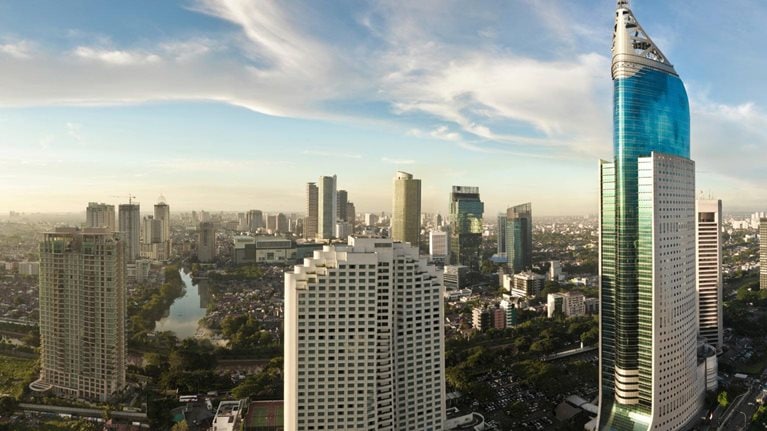Most international businesses and investors know that modern Indonesia boasts a substantial population and a wealth of natural resources. But far fewer understand how rapidly the nation is growing. Home to the world’s 16th-largest economy, Indonesia is booming thanks largely to a combination of domestic consumption and productivity growth. By 2030, the country could have the world’s 7th-largest economy, overtaking Germany and the United Kingdom. But to meet its ambitious growth targets and attract international investment, it must do more.
Indonesia has an attractive value proposition. Over the past 20 years, labor productivity improvements, largely from specific sectors rather than a general shift out of agriculture, have accounted for more than 60 percent of the country’s economic growth. Productivity and employment have risen in tandem in 35 of the past 51 years. And unlike typical Asian “tiger” economies, Indonesia’s has grown as a result of consumption, not exports and manufacturing. The archipelago nation is also urbanizing rapidly, boosting incomes. By 2030, Indonesia will have added 90 million people to its consuming class—more than any other country except China and India.
An estimated 90 million Indonesians will have joined the consuming class by 2030.

Nevertheless, to meet the government’s goal of 7 percent a year growth by 2030, the economy must grow faster. Given current trends, the McKinsey Global Institute estimates that Indonesia has to boost productivity growth to 4.6 percent a year—60 percent higher than it has been during the past decade. Amid rising concern about inequality, the country must also ensure that growth is inclusive and manage the strains that the rapidly expanding consumer classes will place on its infrastructure and resources.
Of course, Indonesia should tackle well-known problems such as excessive bureaucracy and corruption, access to capital, and infrastructure bottlenecks. But in addition it must address its impending skills gap; the country could, for example, develop a private-education market that might quadruple, to $40 billion, by 2030. If at the same time Indonesia took action in the three key sectors below, it could create a $1.8 trillion private-sector business opportunity by 2030:
- Consumer services. Indonesia faces a range of challenges to productivity growth—including complex regulation of financial services, poor transportation infrastructure, and barriers to entry for new retail players and expansion limits for existing ones. If Indonesia overcame these problems, consumer spending could rise by 7.7 percent a year, to $1.1 trillion, by 2030.
- Agriculture and fisheries. Indonesia needs to raise productivity per farmer by 60 percent just to meet domestic demand. If the country can boost yields, reduce postharvest waste, and shift to higher-value crops, it could become a net exporter of agricultural products, supplying more than 130 million tons to the international market. Revenue from these sectors, together with the related upstream and downstream revenues, could increase by 6 percent a year, to $450 billion, by 2030.
- Energy. Demand not only for energy but also for other key resources, such as materials and water, is likely to increase rapidly through 2030. Indonesia could meet up to 20 percent of its energy needs by turning to unconventional sources, such as coal-bed methane, next-generation biofuels, geothermal power, and biomass. This approach could also help boost resource productivity—for example, improving the country’s energy efficiency could reduce energy demand by as much as 15 percent. By 2030, Indonesia’s energy market could be worth $210 billion.

